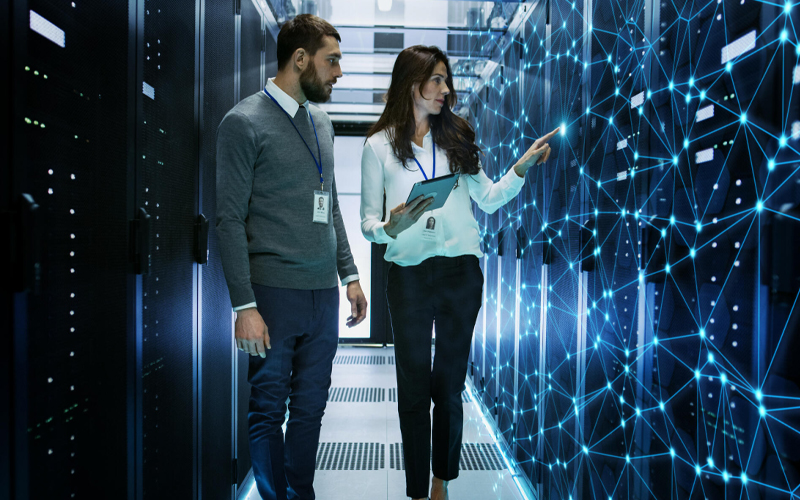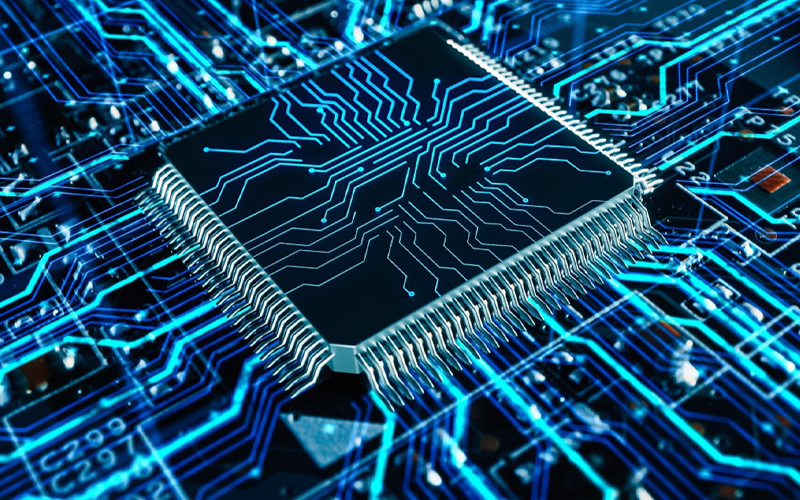Machine-based intelligence, monitoring and connectivity, also known as the Internet of Things or IoT, will have an ever-increasing impact on our personal and work lives.
IoT enabled ecosystems are largely driving two areas.
The first is that data collection from various points is enabling improvement of AI algorithms. This is supported by edge computing, enabled by hybrid cloud ecosystems, accelerating the rate at which IoT data is processed and analysed. Edge computing decentralises data collection, so significant savings in bandwidth is realised. This combined with fog computing helps to quickly shift data from sensors in IoT devices to cloud servers and back to end devices.
IoT provides more data for AI models to learn and deliver faster and impactful insights. These insights in turn are delivered via edge networks to IoT enabled end-point devices to enable improved applications performance. With IoT, data models can work in local networks as well.
The second area involves IoT in industrial applications where it is combined with information gathering, robotics process automation to improve productivity. IoT is also driving several changes in computing architectures that could either add complexity to networks or simplify them so that there is less data movement and the cost of processing and power is lower. Either way, the way data is transferred, stored and processed will be affected by IoT driven technology developments.
Apart from these two drivers, homes and several appliances inside of homes are IoT enabled which means data is being gathered and transferred across networks over which people have little or no control, despite guarantees given by appliance manufacturers or home security solutions providers. Hackers operating via the cloud or other devices can easily hack into homes since passwords and ports in IoT enabled home devices are relatively ‘open’.
In 2022 there were over 13 billion actives connected IoT devices and the number is forecasted to grow to 29 billion by the year 2030.
The increasing number of devices connected to clouds and other internet systems means that companies and individuals are exposed to new vulnerabilities and threats. While it may appear that service providers and IoT enablers aren’t doing enough to counter cybersecurity threats, there are means to manage them.
Organisations and ISPs are collectively taking steps to keep pace with IoT related cybersecurity threats. Some of these are
- Follow “good security” practices: ISPs can encourage homeowners to regularly change their passwords while enabling multi-factor authentication in home devices. Organisations can conduct cybersecurity awareness programs for employees, ensure just enough and ‘must-have’ access for specific applications and networks, and closely monitor people who have system administrator-like security privileges. If ISPs and companies have strong policies and regularly update them around cybersecurity challenges, threats can be countered effectively.
- Active monitoring and localising threats: Enabling monitoring on all points where data is moving across different networks while recognising suspicious data movement will help. Most devices can be integrated with network security protocols and with firewalls, identity management and access management products.
- Cybersecurity software: When installed at strategic points in networks that service personal or company needs, this software can discover risks, assess them and prevent unauthorised access very quickly.
- Government regulations: many countries are developing and enacting laws to counter these threats and will begin mandating that all ISP device manufacturers comply with security norms of that country.
For companies, developing and focusing on a cybersecurity strategy will help bring attention and the necessary budgets needed to have a comprehensive approach to countering threats.
There are other key security elements expected to be rolled out in 2023. These are
- ENOs or Enterprise Network Operators which will enable secure and seamless roaming between public and private networks. This will combine the best of Mobile Network Operators (MNOs) and Mobile Virtual Network Operators (MVNOs) where the control and ownership of security is in the hands of the enterprise. This enables companies to fortify their digital assets and control data security.
- eSIMs are expected to allow companies to activate cellular plans without physical SIMs thereby reducing the risk of threats via IoT enabled end points, which pretty much sit on all of our modern smartphones. eSIMs are soldered directly onto phone motherboards making it harder to tamper with. Additionally, these SIMs can be monitored, updated and de-activated using remote software thereby disabling the need for a physical swap out.
*For organizations on the digital transformation journey, agility is key in responding to a rapidly changing technology and business landscape. Now more than ever, it is crucial to deliver and exceed on organizational expectations with a robust digital mindset backed by innovation. Enabling businesses to sense, learn, respond, and evolve like a living organism, will be imperative for business excellence going forward. A comprehensive, yet modular suite of services is doing exactly that. Equipping organizations with intuitive decision-making automatically at scale, actionable insights based on real-time solutions, anytime/anywhere experience, and in-depth data visibility across functions leading to hyper-productivity, Live Enterprise is building connected organizations that are innovating collaboratively for the future.







